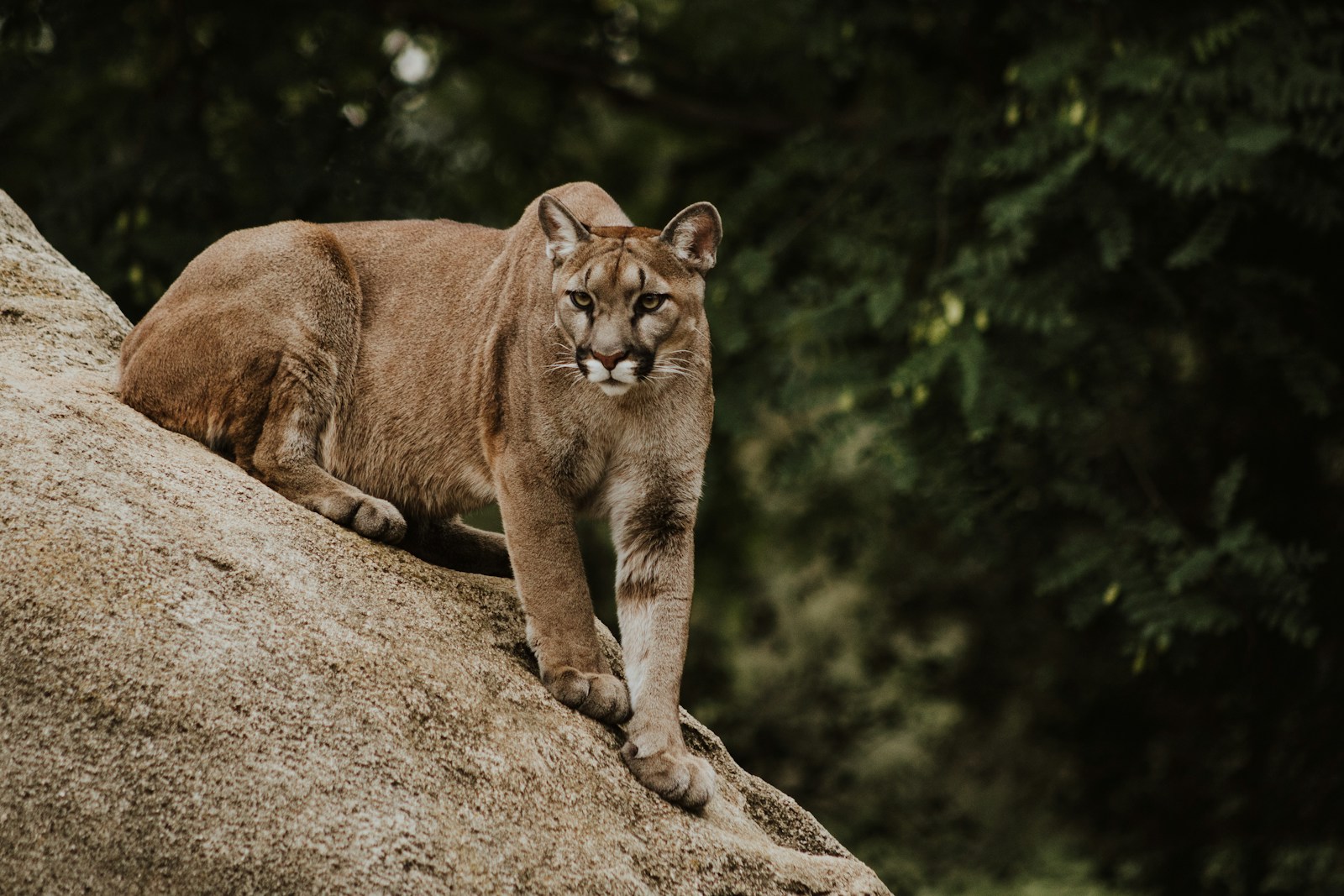Mountain lions, also known as cougars or pumas, are apex predators that play a crucial role in maintaining ecosystem balance across North America’s diverse landscapes. In national parks, these elusive cats face unique challenges as they navigate territories that intersect with human activity. Understanding their behavior, population dynamics, and movement patterns is essential for conservation efforts and human-wildlife conflict management. Over the decades, monitoring techniques have evolved dramatically—from basic tracking methods to sophisticated technologies that provide unprecedented insights into mountain lion ecology. This article explores the comprehensive approaches that wildlife biologists and park managers employ to monitor these magnificent predators, ensuring their survival while balancing human safety concerns in our shared national parklands.
The Importance of Mountain Lion Monitoring
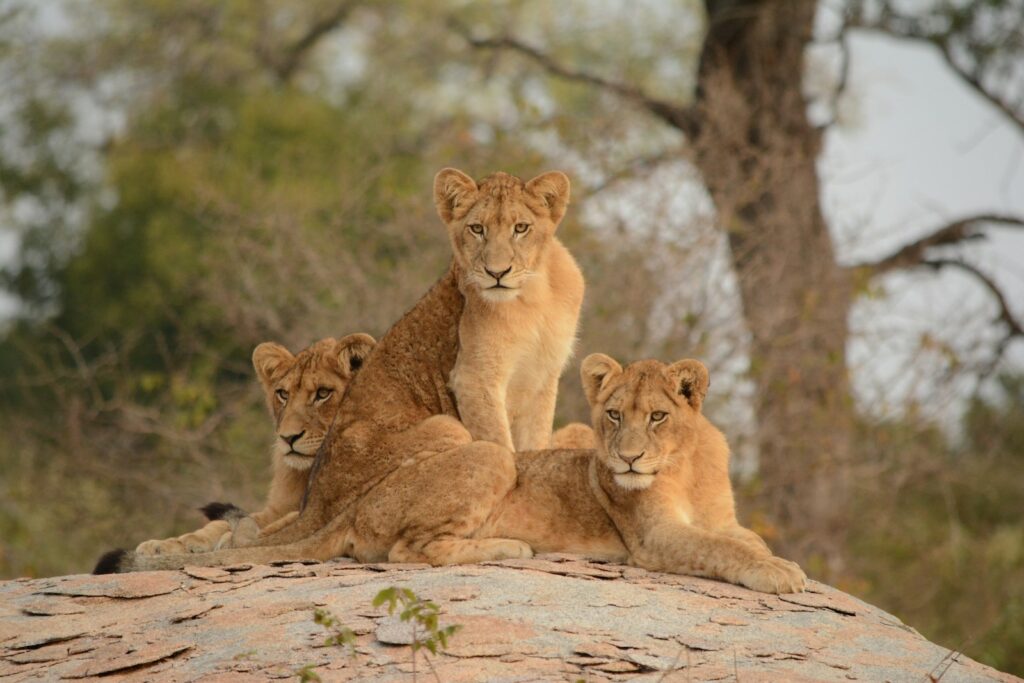
Mountain lion monitoring in national parks serves multiple critical purposes beyond mere scientific curiosity. First, it provides essential data on population health, helping biologists determine whether numbers are stable, increasing, or declining in response to environmental changes or human pressures. Second, tracking movement patterns helps park managers identify critical habitats and corridors that require protection to maintain viable mountain lion populations. Third, monitoring helps reduce human-wildlife conflicts by identifying areas of potential interaction and implementing appropriate management strategies. Finally, long-term monitoring programs establish baseline data that allow scientists to understand how climate change and landscape alterations are affecting these adaptable but vulnerable predators over time.
Traditional Tracking Methods
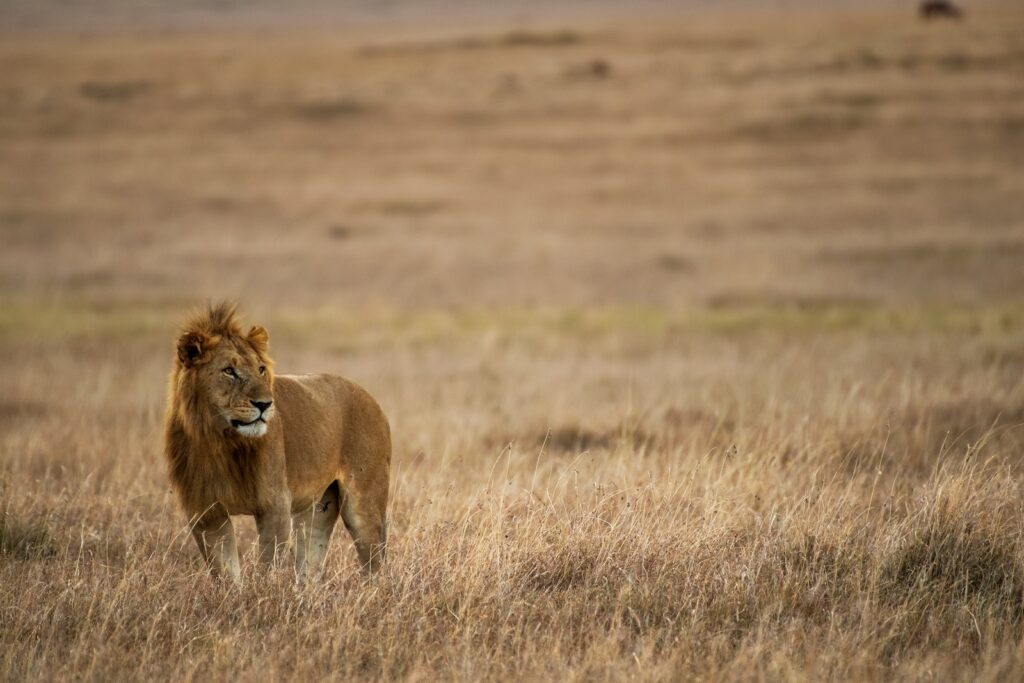
Before the advent of modern technology, wildlife biologists relied heavily on traditional fieldcraft to monitor mountain lions in national parks. Track identification remains a fundamental skill, with experts able to distinguish mountain lion prints from other wildlife and determine information about the animal’s size, direction of travel, and sometimes even its hunting behavior. Snow tracking in winter months provides particularly valuable data, as researchers can follow continuous trails for miles to document hunting patterns and territorial boundaries. Kill site investigations offer insights into prey preferences and hunting success rates, with biologists examining carcasses for characteristic signs of mountain lion predation. Additionally, scat collection and analysis has long provided information about diet composition, territorial marking, and even rough population estimates in specific park regions.
Radio Telemetry: The First Technological Breakthrough
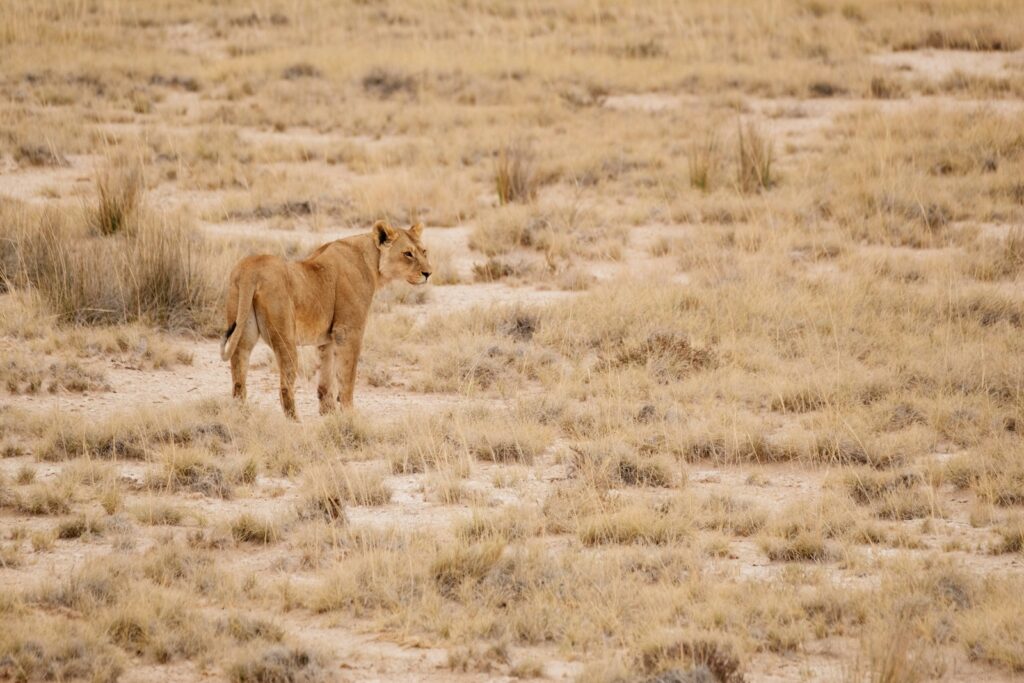
The introduction of radio telemetry in the 1960s revolutionized mountain lion monitoring in national parks by allowing researchers to track individual animals remotely for the first time. This technology involves fitting mountain lions with collars containing radio transmitters that emit signals picked up by researchers using handheld receivers in the field or from aircraft. Each collar broadcasts on a unique frequency, enabling biologists to identify and track specific individuals over extended periods, sometimes spanning several years of an animal’s life. Radio telemetry provided the first detailed insights into home range sizes, which vary significantly between males (up to 200 square miles) and females (typically 60-100 square miles) in national park settings. Despite its limitations—including the need for researchers to be relatively close to collared animals and the labor-intensive nature of data collection—radio telemetry studies in parks like Yellowstone, Grand Canyon, and Yosemite established foundational knowledge about mountain lion spatial ecology that informs conservation efforts to this day.
GPS Collar Technology

The advent of GPS collar technology marked a quantum leap forward in mountain lion monitoring capabilities within national parks. Unlike traditional radio collars, GPS collars use satellite technology to record precise locations at programmable intervals, storing this data for retrieval or transmitting it remotely to researchers. Modern GPS collars can be programmed to collect location data as frequently as every 15 minutes, creating unprecedentedly detailed movement maps that reveal hunting patterns, resting locations, and travel corridors with remarkable precision. Many units now incorporate accelerometers that detect and record specific behaviors like stalking, pouncing, or feeding, giving researchers insight into predatory events even without direct observation. Most advanced GPS collar systems used in parks like Rocky Mountain and Olympic National Parks also include mortality sensors that alert biologists when an animal has not moved for a predetermined period, allowing for rapid investigation of potential deaths. Despite their significant cost—often exceeding $3,000 per unit—GPS collars have become the gold standard for intensive mountain lion monitoring programs in national parks across North America.
Camera Trap Networks
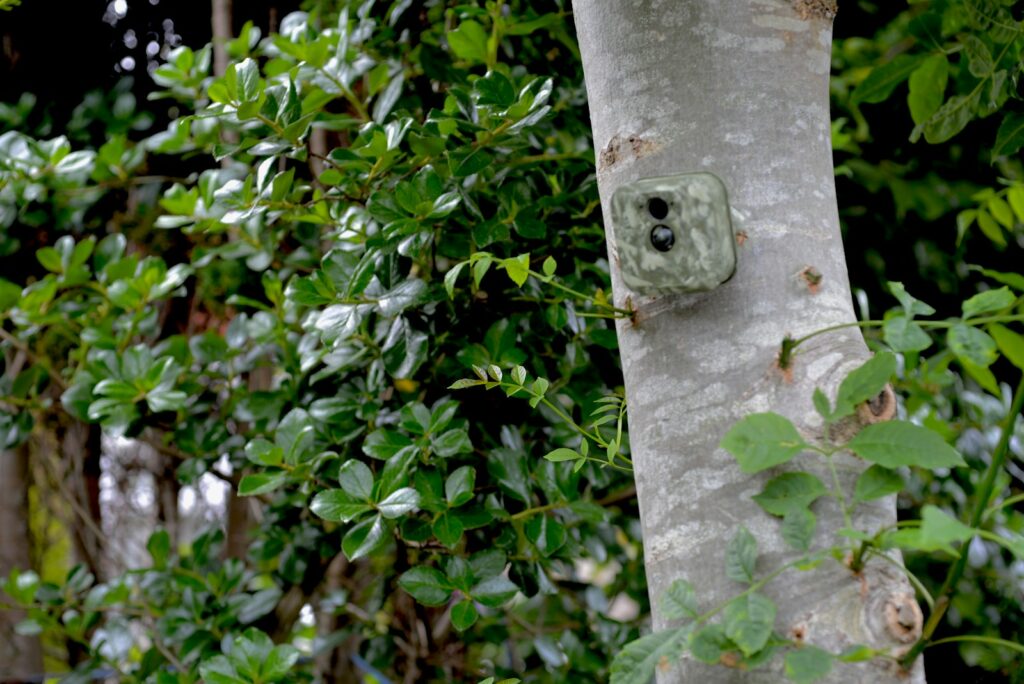
Camera trap networks have emerged as one of the most valuable non-invasive monitoring tools for mountain lions in national park settings. These motion-activated cameras, strategically placed along game trails, ridgelines, and water sources, capture photographs or video when animals pass by, operating continuously for months with minimal maintenance. National parks like Glacier and Sequoia-Kings Canyon have deployed extensive camera networks, sometimes exceeding 100 units across key habitat areas, creating a passive monitoring system that documents mountain lion presence without disturbing their natural behavior. Beyond simple presence/absence data, camera traps with sufficient coverage can help estimate population density when combined with statistical modeling approaches. Many parks now use cameras with pattern recognition capabilities that can identify individual mountain lions based on unique spot patterns on their inner legs, facial features, and body scarring, essentially creating a photographic “fingerprint” for each animal. Additionally, camera traps provide valuable insights into mountain lion interactions with other wildlife species and their activity patterns relative to human recreation in heavily visited park areas.
Genetic Monitoring Through DNA Analysis
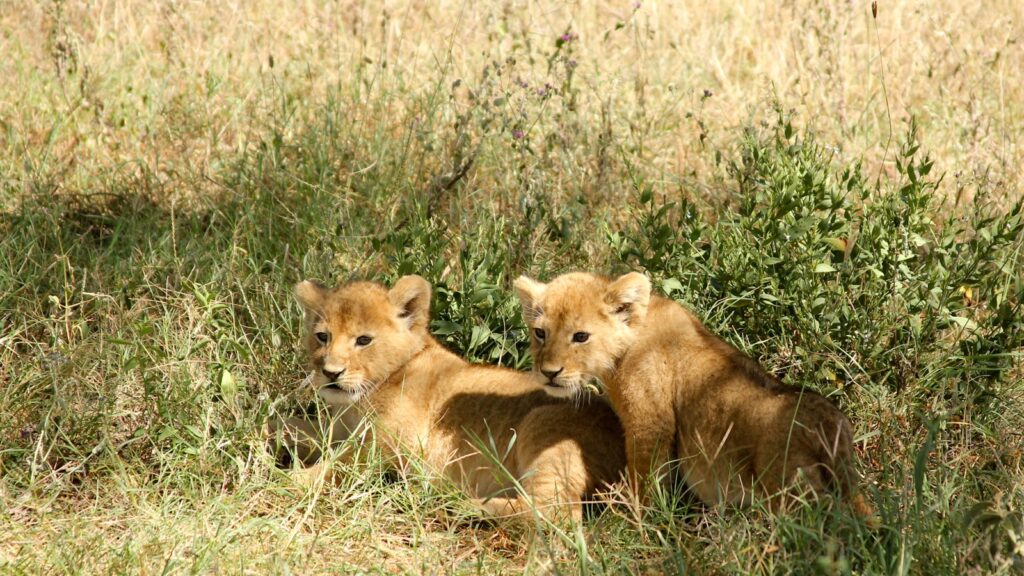
Genetic monitoring has transformed how national parks track mountain lion populations, offering insights impossible to obtain through observation alone. Biologists collect DNA samples primarily from scat deposits found during surveys, but also from hair snags, blood spots at kill sites, or occasional tissue samples from captured animals. These samples undergo laboratory analysis to identify individual mountain lions, determine gender, and establish family relationships between animals within the park boundaries. In parks with long-running genetic monitoring programs like Saguaro National Park or Great Smoky Mountains National Park, these genetic fingerprints create pedigrees that reveal mating patterns, reproductive success, and the degree of genetic isolation or connectivity with neighboring populations. Beyond individual identification, genetic monitoring provides crucial information about overall genetic diversity, inbreeding coefficients, and potential genetic bottlenecks that might threaten long-term population viability. Modern environmental DNA (eDNA) techniques now even allow researchers to detect mountain lion presence from water sources or soil samples in areas where direct evidence has been elusive.
Capture and Handling Protocols

The physical capture and handling of mountain lions remains a necessary component of comprehensive monitoring programs in many national parks, though it’s conducted with extreme care and under strict ethical guidelines. Captures typically employ humane foot snares or trained hound dogs that tree the lions, allowing wildlife veterinarians and biologists to safely tranquilize the animals. During handling, which rarely exceeds 60 minutes, biologists collect a comprehensive suite of data including precise measurements, weight, age estimates through tooth wear examination, and overall health assessments including parasite loads and disease exposure. Blood samples provide valuable physiological and genetic information, while simultaneously screening for diseases like feline leukemia or plague that could impact population health. For lions selected for ongoing monitoring, this handling opportunity allows for the fitting of GPS or radio collars, ear tags, or microchips that enable individual identification during future research activities. All capture operations in national parks follow rigorous protocols approved by institutional animal care committees and are conducted by specially trained personnel who prioritize the safety and welfare of the animals above all research objectives.
Community Science and Public Reporting Systems
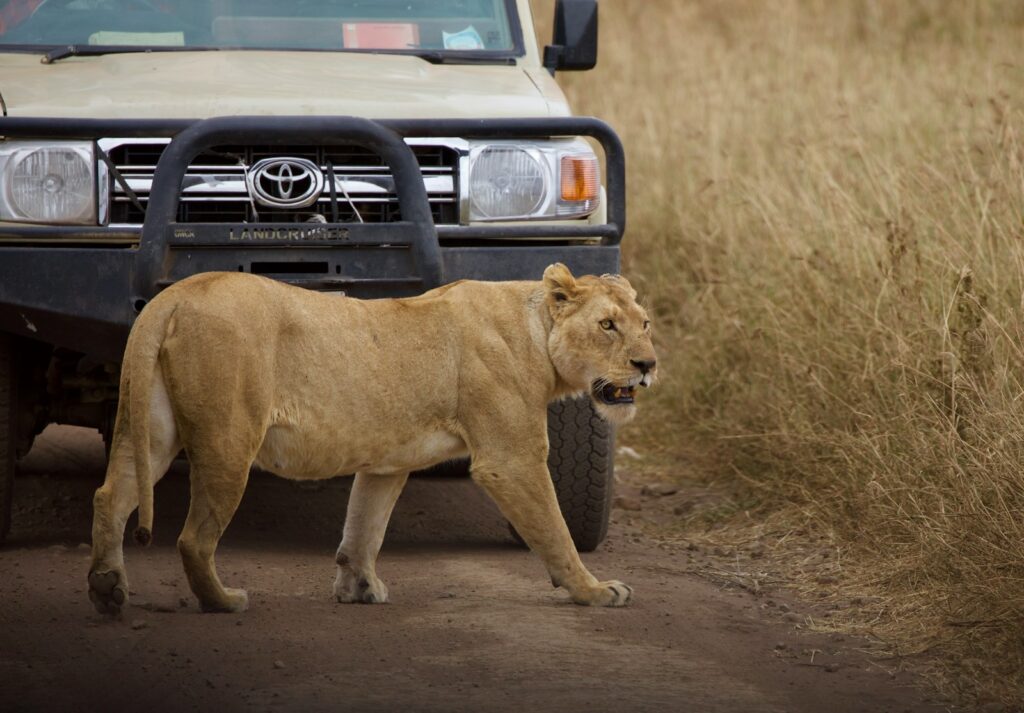
Many national parks have embraced community science (also called citizen science) as a valuable supplement to professional monitoring efforts for mountain lions. Parks like Grand Teton and Santa Monica Mountains National Recreation Area have developed user-friendly mobile applications that allow visitors to record and report mountain lion sightings, complete with location data, photographs, and behavioral observations. These public reporting systems cast a much wider monitoring net than professional staff alone could maintain, especially in large parks with limited personnel resources. Participating visitors receive basic training in mountain lion identification to reduce false reports of bobcats or other wildlife, and data validation protocols help scientists filter reliable observations from misidentifications. Beyond generating useful data, these programs create educational opportunities that foster public appreciation for mountain lion conservation challenges while simultaneously making visitors more aware of safety protocols for traveling in lion country. Some parks have established particularly successful programs where local residents living near park boundaries become regular contributors, reporting lion sightings over many years and developing valuable expertise in identifying individual animals and their patterns.
Remote Sensing and Habitat Monitoring
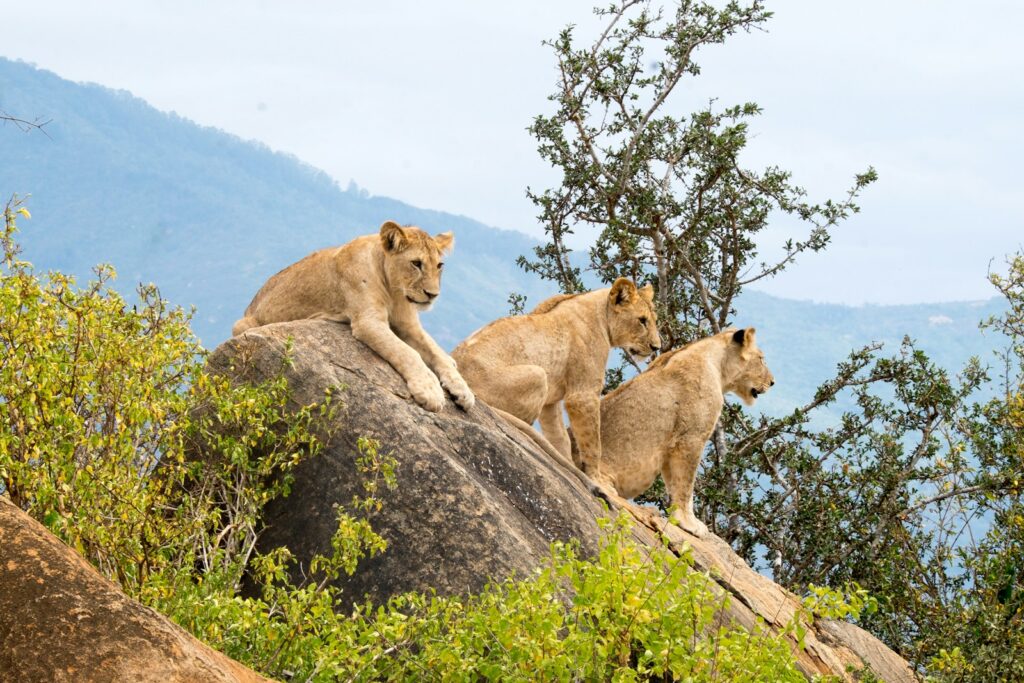
Modern mountain lion monitoring extends beyond tracking the animals themselves to understanding the landscapes they inhabit through remote sensing technologies. Satellite imagery and LiDAR (Light Detection and Ranging) data allow park ecologists to map and monitor changes in vegetation structure, identifying productive hunting grounds and preferred cover types for mountain lions across vast and often inaccessible terrain. These technologies help identify critical movement corridors between habitat patches, especially in fragmented landscapes where parks interface with developed areas. Climate monitoring stations throughout national parks collect data on temperature, precipitation, and snowpack, helping researchers understand how changing environmental conditions affect prey availability and mountain lion movement patterns. In fire-prone western parks, remote sensing enables rapid assessment of how wildfire events transform mountain lion habitat, sometimes creating mosaic landscapes that benefit both lions and their prey species. By integrating this landscape-level monitoring with individual animal tracking, park biologists develop comprehensive pictures of how mountain lions respond to the dynamic environments within national park boundaries.
Acoustic Monitoring Systems
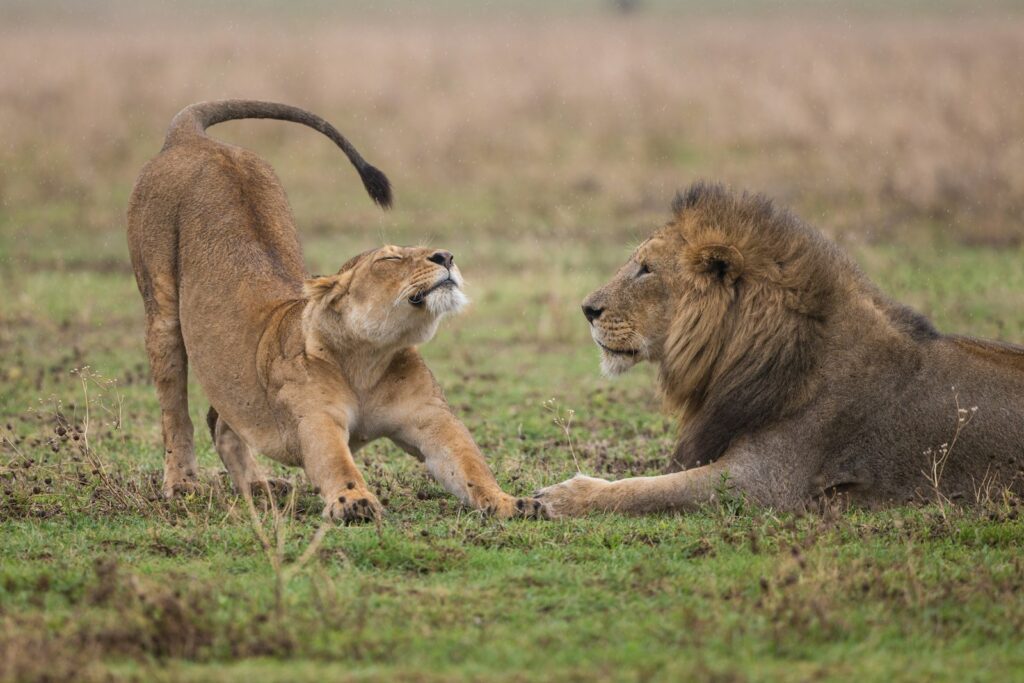
Innovative acoustic monitoring systems have recently been deployed in several national parks to detect mountain lion vocalizations, adding another dimension to monitoring efforts. Unlike many big cats, mountain lions don’t roar but instead have a distinctive repertoire of calls including screams, growls, hisses, and the mother’s chirping communication with kittens. Specialized weatherproof microphones placed throughout likely habitat areas continuously record ambient sounds, with software programs scanning the recordings for the acoustic signatures of mountain lion vocalizations. In Canyonlands National Park and other remote areas, these systems have detected mountain lion presence in locations where traditional monitoring methods had been unsuccessful due to rugged terrain or low population density. Beyond presence detection, vocalization patterns provide insights into breeding behavior, territorial disputes, and communication between mothers and offspring. Acoustic monitoring offers the significant advantage of functioning continuously through all weather conditions and during nighttime hours when mountain lions are most active but human observation is most difficult. As artificial intelligence algorithms improve in accurately distinguishing mountain lion sounds from other wildlife, these systems are likely to become increasingly valuable components of comprehensive monitoring programs.
Kill Site Investigations and Prey Monitoring
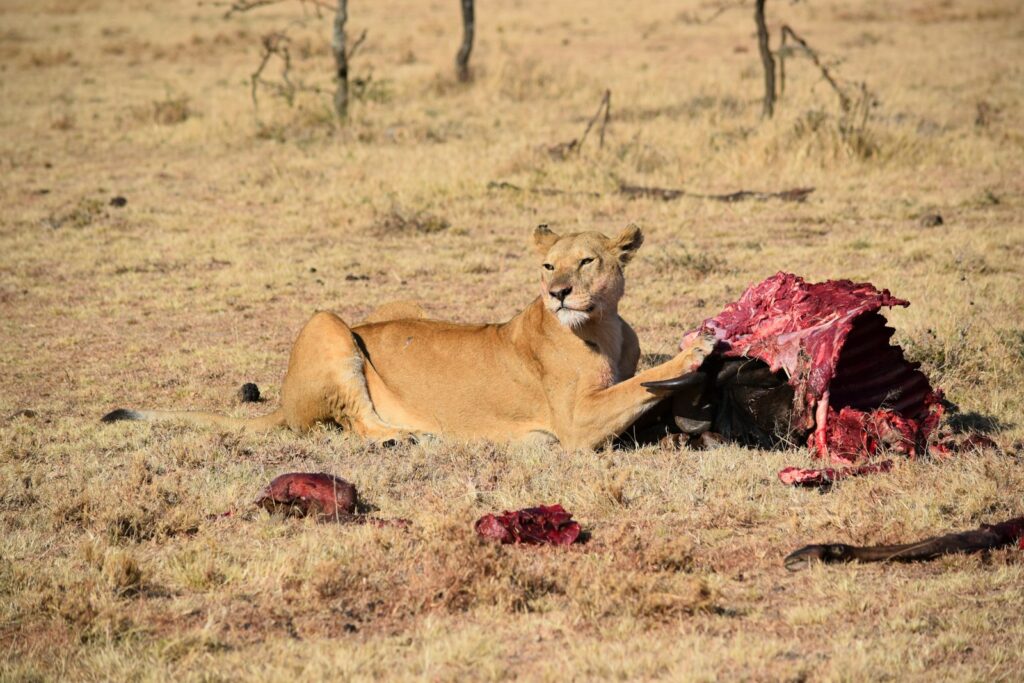
Understanding predator-prey relationships is fundamental to mountain lion ecology, making kill site investigations a critical component of monitoring programs in national parks. When GPS collar data indicates a mountain lion has remained stationary for several hours—a potential sign of feeding behavior—biologists visit these locations to document prey species, age, sex, and condition of the animals killed. These investigations reveal not only what mountain lions are eating but how their predation patterns shift seasonally or in response to changing prey availability across the park landscape. In many parks, concurrent monitoring of key prey species like deer, elk, or bighorn sheep provides context for understanding the predatory impact of mountain lions on these populations. Detailed documentation of mountain lion feeding behavior, including consumption rates and caching behaviors, helps biologists calculate the energetic requirements of the predators and estimate how many prey animals each lion requires annually. This nutritional ecology information proves especially valuable when parks face complex management questions about predator-prey balance in ecosystems altered by human activity, climate change, or the reintroduction of other carnivores like wolves.
Monitoring Mountain Lion-Human Interactions
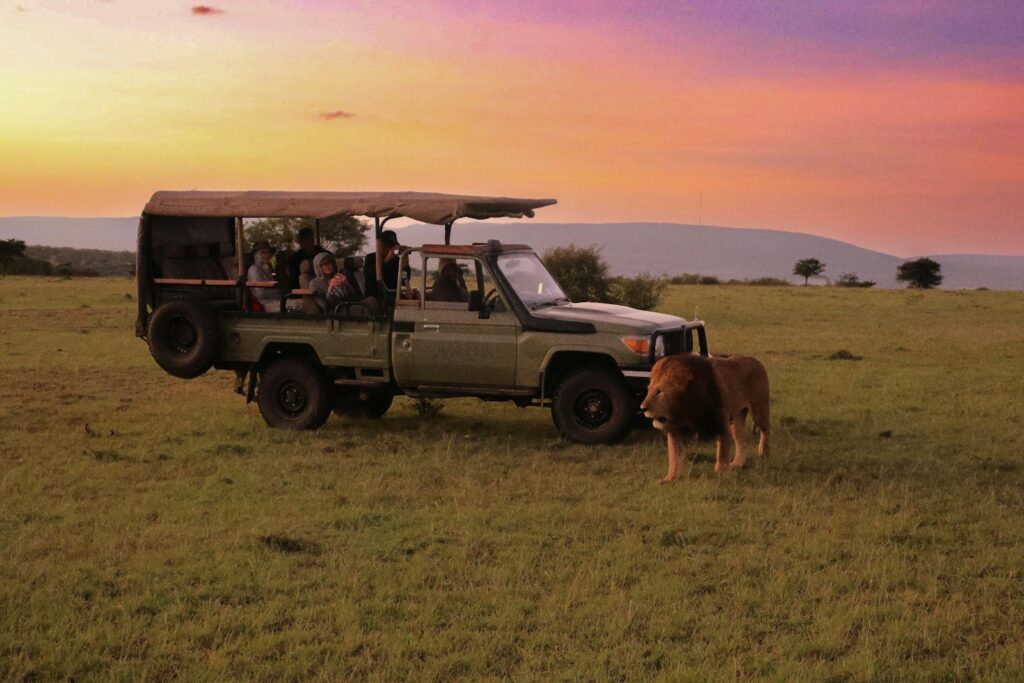
A crucial focus of mountain lion monitoring in heavily visited national parks involves tracking interactions between these predators and the millions of visitors who enjoy these public lands annually. Parks maintain detailed databases of all reported mountain lion sightings, encounters, and the rare instances of aggressive behavior toward humans, mapping these events to identify potential hotspots where management intervention might be necessary. In parks with high visitation like Grand Canyon and Zion, monitoring efforts often include trail camera systems specifically positioned along popular hiking corridors to document mountain lion activity patterns relative to human use. GPS collar data from mountain lions is analyzed against visitor use statistics to understand how these predators temporally and spatially avoid human activity—or in some cases, become habituated to human presence. Parks with developed areas like campgrounds and visitor centers often conduct targeted monitoring around these facilities, as human food sources can occasionally attract mountain lions through the prey animals that are drawn to these areas. This human-focused monitoring directly informs visitor safety protocols, interpretive messaging, and management decisions about trail closures or wildlife hazing when necessary.
Integrated Monitoring Programs and Future Directions
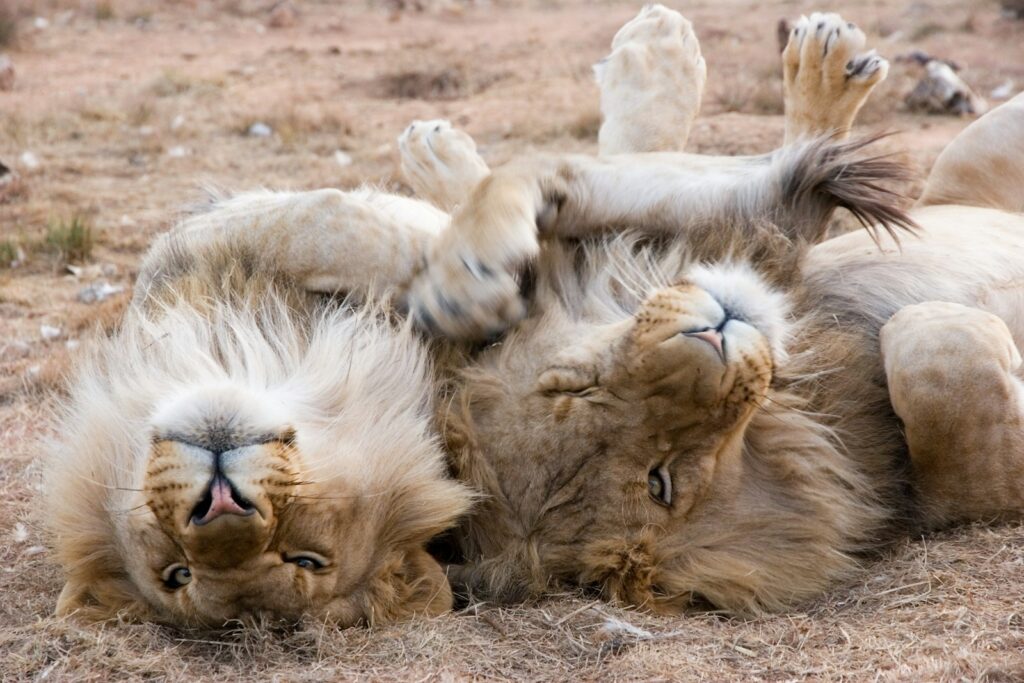
The most effective mountain lion monitoring efforts in national parks integrate multiple techniques into comprehensive programs that overcome the limitations of any single approach. The National Park Service increasingly coordinates these efforts across park boundaries, creating regional monitoring networks that track mountain lion populations at ecologically meaningful scales rather than within arbitrary administrative boundaries. Emerging technologies continue to enhance monitoring capabilities, with environmental DNA techniques allowing detection from water sources, thermal drones providing aerial surveillance capabilities, and increasingly sophisticated biotelemetry devices offering new insights into physiological responses to environmental stressors. As climate change alters park ecosystems, long-term monitoring becomes increasingly valuable for detecting shifts in mountain lion range, behavior, and population dynamics. The future of mountain lion monitoring will likely see greater integration of artificial intelligence for data analysis, allowing researchers to detect subtle patterns in massive datasets that might otherwise remain hidden. Despite technological advances, successful monitoring will continue to depend on sustained funding commitments, public support, and dedicated wildlife professionals who combine scientific expertise with a passion for conserving these magnificent predators in our national parks.
Conclusion

Mountain lion monitoring in national parks represents a remarkable blend of traditional fieldcraft and cutting-edge technology, all aimed at understanding and protecting these elusive predators. From radio collars tracking individual movements to genetic analysis revealing population dynamics, these diverse methods collectively provide the knowledge foundation that supports effective conservation. As climate change and human development continue to pressure mountain lion populations, the importance of robust monitoring programs only grows. Through careful observation and data collection, national parks not only protect mountain lions within their boundaries but also contribute vital knowledge that informs broader conservation efforts. These monitoring efforts ultimately serve both lion and human communities, helping us coexist with these remarkable predators while ensuring they continue to fulfill their ecological role in healthy, functioning ecosystems for generations to come.

